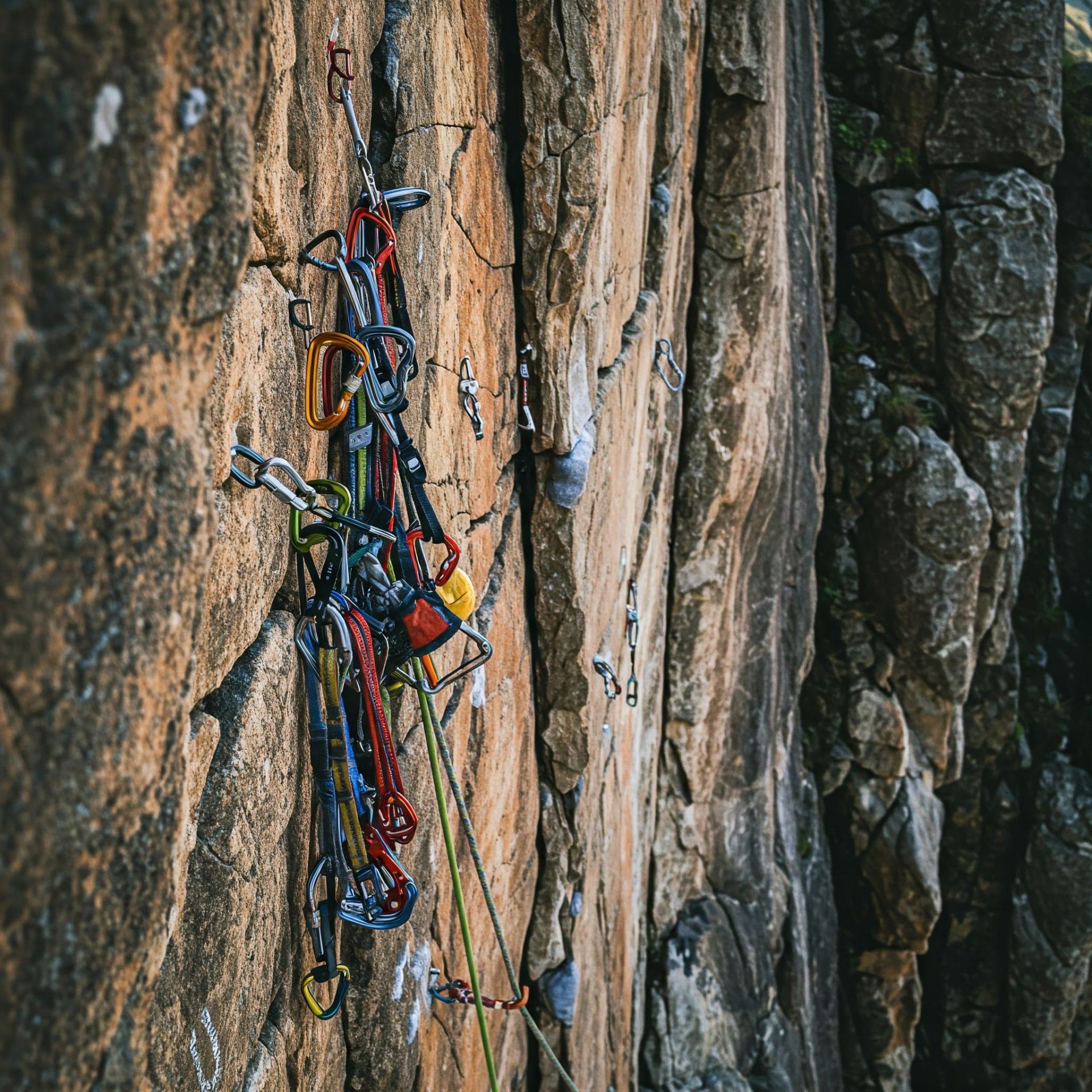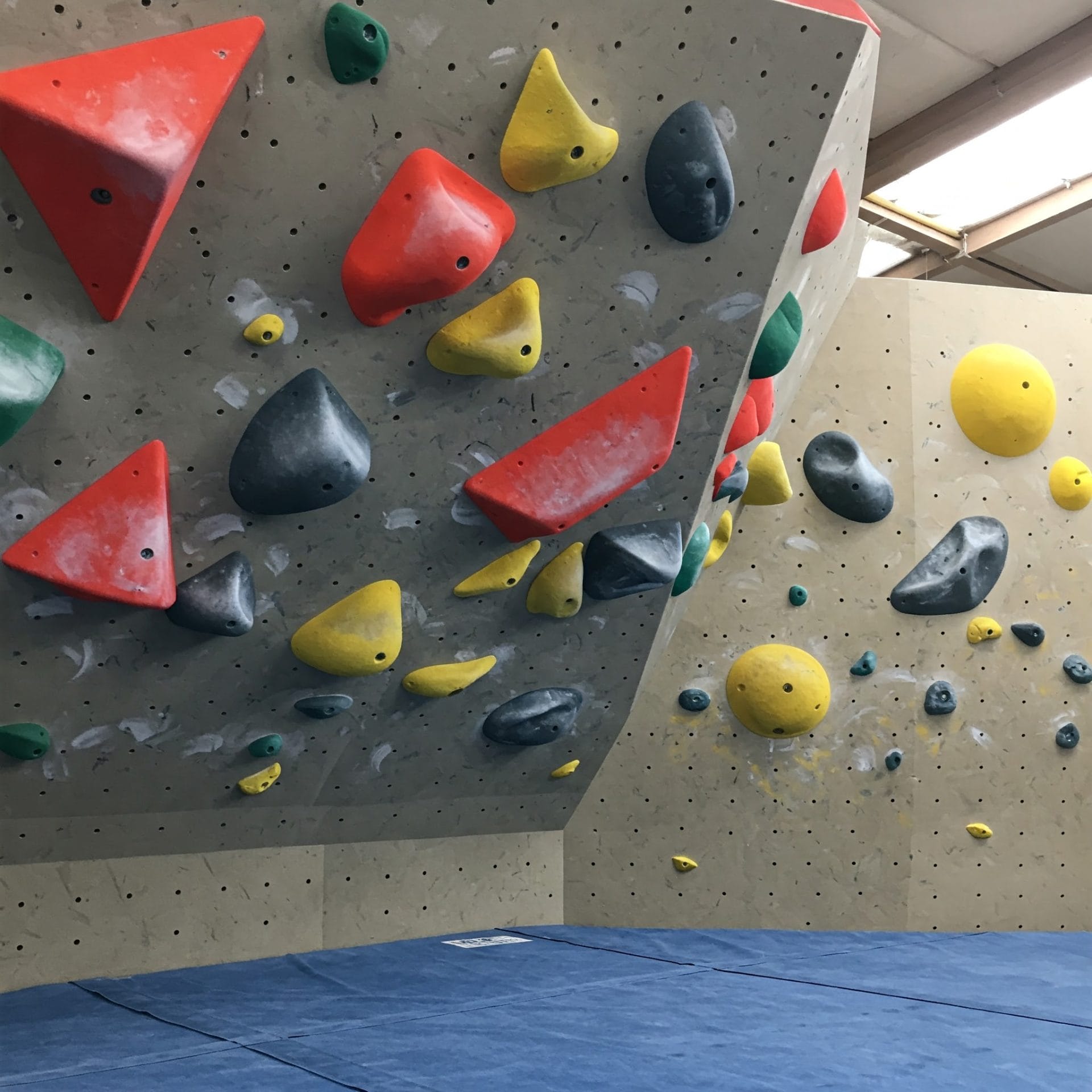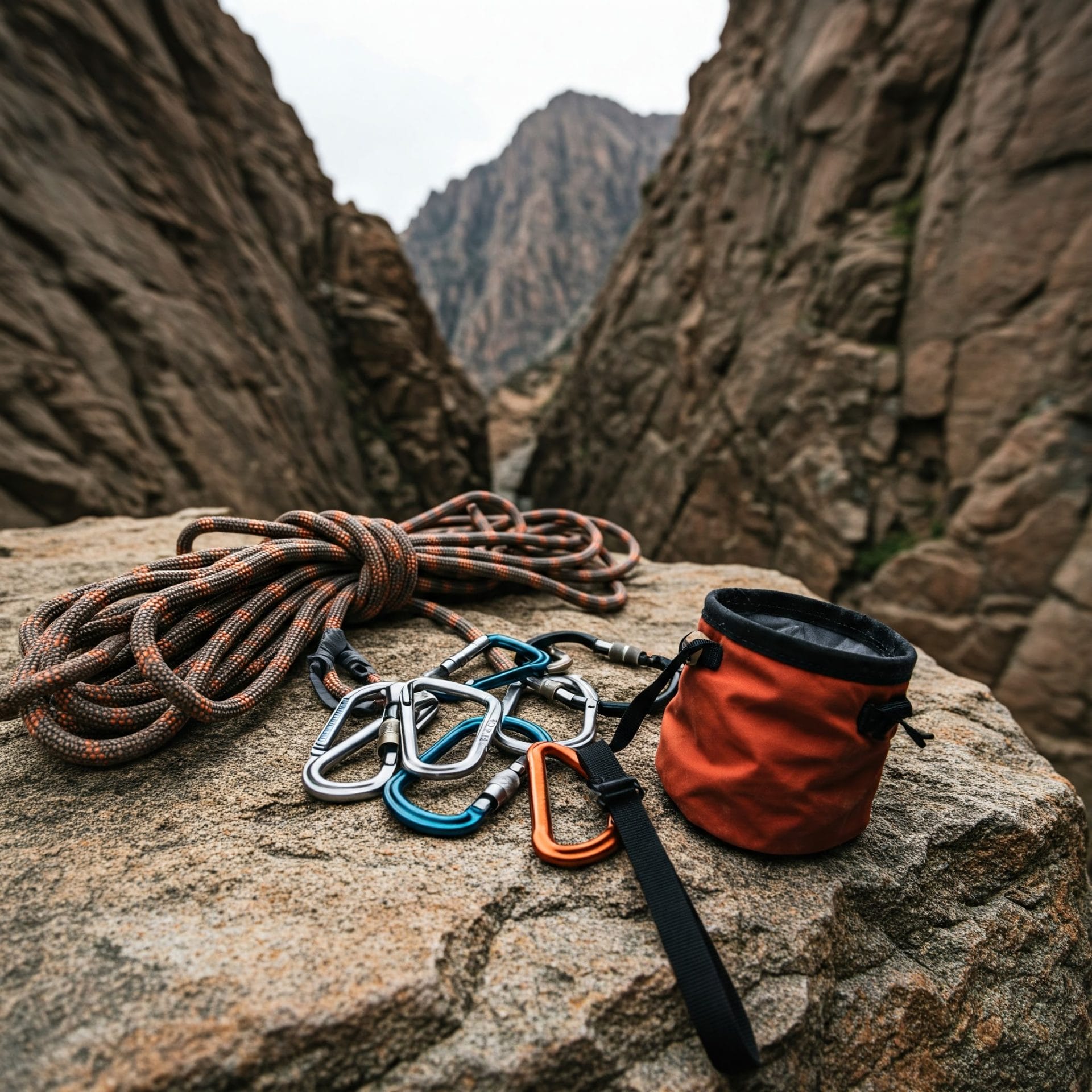Learn advanced climbing terms to improve your skills and enjoy climbing with friends while staying safe.
Advanced climbing terms open doors to better communication at the crag and gym (rock climbing locations with various routes and problems). These specialized words help climbers understand techniques, safety protocols, and route descriptions. From beta sequences to crux moves, the language of climbing builds a foundation for safer ascents and smoother partnerships. (1)
The terms might seem strange at first – a mix of technical jargon and casual slang that’s grown over decades of climbing culture. But mastering this vocabulary makes a real difference in climbing progress. Keep reading to decode the essential climbing terms every climber needs to know.
Key Takeaway
- Advanced climbing terms help climbers communicate better and stay safe.
- Knowing climbing grades helps climbers choose the right routes.
- Understanding techniques and equipment is key to improving your climbing skills.
Climbing Techniques
Credit:By Lattice Training
- Free Soloing: Climbers tackle the rock with no ropes or protection, relying only on their strength, focus, and nerves.
- Risks: A fall could be fatal, making it incredibly dangerous. Only the most physically and mentally prepared attempt it.
- Physical and Mental Strain: Heart rates skyrocket, and every muscle is engaged. Some climbers feel hyper-aware, while others experience a flow state.
- Aid Climbing: Climbers use pitons, bolts, and other devices for support.
- Process: It’s slow, precise, and involves mastering gear placement. Climbing becomes more about technique than brute strength.(2)
- Lead Climbing: The leader places protection while climbing, securing their own safety.
- Challenge: It requires strategic thinking, energy management, and trust in gear.
- Trad Climbing: Climbers place their own protection as they ascend.
- Independence and Responsibility: It’s a balance of skill and knowledge, requiring patience and attention to detail.
Climbing Grades
- Yosemite Decimal System (YDS)
- Class 5 marks technical rock climbing.
- Ratings like 5.10a, 5.11b, or 5.15c indicate difficulty.
- The number shows general difficulty; the letter refines it.
- Climbs above 5.12 are serious, with 5.15 being elite.
- Climbers use strength, skill, and focus.
- Aid Grades
- Aid climbing uses gear for protection.
- Ranges from A1 (easy) to A6 (dangerous).
- A6 involves high risk and critical gear testing.
- Climbers rely on gear and determination.
- French System
- Used for sport climbing, ranges from 3 to 9.
- 6a to 8c are common, indicating difficulty.
- Climbs are sometimes area-dependent in difficulty.
- Scottish Winter Grades
- Grades range from I (easy) to VII (extreme).
- Grade V and above require ice tools and precision.
- Mental strength is crucial for winter climbing.
Safety and Equipment Terms
Belaying Climbing involves trust. The belayer manages the rope, ensuring the climber’s safety. They control the rope’s tension, ensuring it isn’t too tight or slack. A device like an ATC or Grigri is used to manage the rope. Key actions include:
- “Take” locks the rope in place
- “Slack” lets out more rope
Effective belaying is steady, responsive, and focused.
Anchors secure the climber. They can be natural (trees, rocks) or artificial (bolts, pitons). A good anchor:
- Keeps the climber safe
- Should be strong and reliable
- Must be checked for any wobbling
Crux is the hardest part of a climb, demanding strength, mental focus, and technical skill. It can be physical or psychological. Overcoming it feels like unlocking a new level. If you fall, try again—climbing is about persistence.
Climbing Styles
Alpine Climbing
Alpine climbing is a whole different ballgame, pushing climbers to their limits. It’s not just about scaling rocks but handling everything nature can throw at you.
Gear needed:
- Ice axes for cutting into ice or snow
- Crampons for gripping frozen surfaces
- Ropes and carabiners for safety
- Climbing harnesses for security
- Weatherproof clothing
Climbs last for days and can be exhausting. The terrain changes constantly, and the cold can drain your energy. It’s not just physical; it’s mental too.
Preparation tips:
- Train in snow and ice conditions
- Start with winter hikes
- Build tolerance to cold and mountain weather
Multi-Pitch Climbing
Multi-pitch climbing breaks a long climb into segments. Climbers stop at belay stations to rest, re-secure, and plan the next section.
Important gear:
- Climbing shoes with good grip
- Proper harness for comfort
- Rope system and knots knowledge
Pacing and strategy are key. The mental aspect is huge—knowing how to manage the rope system and trust your belayer is crucial.
Advanced Skills
Clipping: Precision and Practice Matter
Clipping is more than just attaching a rope to your harness—it’s about doing it right, every time.
- Stay Calm: Rushing leads to mistakes like back-clipping or z-clipping, which can jeopardize your safety.
- Proper Clipping: Ensure the rope is secure, with no slack, twists, or errors.
Rope Management: Keeping It Clean and Smooth
- Neat Ropes: A tangled rope wastes time and energy.
- Belaying: Keep the rope neatly coiled or piled to avoid snagging.
- Stacking: Practice creating neat loops to prevent tripping.
Route-Finding: The Path Is Your Friend
- Plan Ahead: Study the route before climbing to identify holds and obstacles.
- Know Your Limits: Don’t push yourself into moves beyond your reach.
Strength and Flexibility: Stretching Makes a Difference
- Stretching: Focus on shoulders, forearms, legs, and hips to prevent injury.
- Flexibility: It helps improve reach, stability, and prevents muscle strains.
Conclusion
Advanced climbing terms serve as a foundation for any climber’s growth and safety on the wall. Each term (from beta and crimps to dynos and flagging) builds a shared language among climbing partners. Clear communication through proper terminology reduces risks during climbs and builds trust between belayers and climbers. Regular practice with these terms makes them second nature, creating smoother climbing experiences at any skill level.
FAQ
What’s the difference between a dyno and a deadpoint?
While both involve jumping moves, a dyno requires you to completely let go of all holds, like a full aerial move. A deadpoint is more controlled – you release one hand while keeping the other on, reaching the next hold at the highest point of your movement (think of that sweet spot when a ball stops rising before falling). Dynos look flashier, but deadpoints are often more reliable.
What does it mean when climbers talk about “beta”?
Beta is basically the sequence of moves you use to climb a route. It’s like a climbing recipe – where to put your hands and feet, how to position your body, and which holds to use. Everyone might have different beta since we all climb differently. When someone “sprays beta,” they’re sharing (sometimes oversharing) their solution to a climbing problem.
Can you explain what “sending” and “projecting” mean?
Sending means successfully climbing a route without falling or hanging on the rope. When you’re projecting, you’re working on a challenging route that you can’t send right away. It might take days, weeks, or even months of attempts. Think of sending as nailing the performance and projecting as all the rehearsals leading up to it.
What’s the deal with “crimps” versus “slopers”?
Crimps are tiny edges you grip with your fingertips – imagine holding the spine of a book. You’ll either wrap your thumb over your fingers (full crimp) or keep it relaxed (open crimp). Slopers are rounded holds with no definite edge, like a basketball cut in half. Success on slopers depends more on body position and friction than finger strength.
How is a “gaston” different from a regular pull?
A gaston is when you grip a hold with your palm facing outward and your elbow pointing away from your body – like opening elevator doors. Unlike a regular pull where you’re bringing your body toward the hold, with a gaston you’re pushing outward while keeping your body close to the wall. It’s a crucial technique for many advanced routes.
What does it mean to “flag” while climbing?
Flagging is when you stick out a free leg (one that’s not on a hold) to counterbalance your body. It’s like a tightrope walker’s pole. You might flag behind your body (back flag), across your body (front flag), or straight out to the side. It helps keep you stable when all your weight is pulling you in one direction.
Why do climbers talk about “compression” problems?
Compression problems require you to squeeze opposing holds toward each other, like squeezing a large ball between your hands. These routes often feature slopers or rounded holds on opposing walls or features. Success depends on keeping constant inward pressure while moving between holds. You’ll find these especially in roof climbing or on boulders.
What’s the difference between a “drop knee” and a “hip screw”?
A drop knee involves turning your knee downward to create tension and reach farther. Think of what happens to your hips when you’re stepping into a car. A hip screw is similar but more dynamic – you twist your hip into the wall while moving, generating momentum for your next move. Both techniques help you stay close to the wall and reach distant holds.
References
- https://awesomewalls.ie/how-to-understand-climbing-terminology/
- https://www.alpineinstitute.com/articles/expert-tips/rock-climbing-terms-styles-and-techniques/






